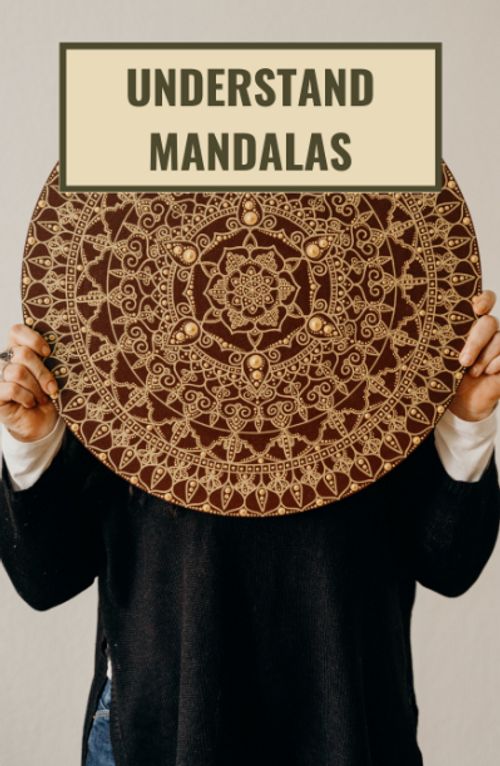Carl Jung Explains The Meaning Of Mandalas
Jul 26, 2022 · 2 mins read
0
Share

Introduction. The Mandala is a mysterious symbol from Ancient India. But Jung, a famous Swiss psychotherapist, had European patients who spontaneously drew Mandalas in therapy without any exposure to Indian culture. When Carl Jung dug into this, he made interesting discoveries 👇
Save
Share
Mandala is a Sanskrit word that simply means a "circle." In religious rituals, Mandalas "aid concentration by narrowing down the psychic field of vision." A Mandala's role is to turn attention inward, hold the outside world at bay, and help the psyche achieve inner coherence.
Save
Share
The goal of contemplating the mandala is to return "from the illusion of individual existence into the universal totality of the divine state." We live a fractured existence - the mandala is a portal into becoming whole again.
Save
Share
When one engages with a mandala deeply, one experiences an "almost irresistible compulsion and urge to become what one is." The source of this feeing is the hypnotic center of the mandala, which points at the center of our psyche "to which everything is related, by which everythi
Save
Share
Jung: “ This center is not felt or thought of as the ego but as the self. Although the center is represented by an innermost point, it is surrounded by a periphery containing everything that belongs to the self—the paired opposites that make up the total personality.”
Save
Share
In a mandala, one finds images from the “personal unconscious” and the “collective unconscious.” The “indefinitely large” number of archetypes in Mandalas,for Jung, symbolize the self as “an extremely composite thing, a conglomerate soul, to use the Indian expression.”
Save
Share
In Jung’s psychotherapeutic practice, his patients often produced mandalas spontaneously as “free creations of fantasy.” Jung: “The pictures come as a rule from educated persons who were unacquainted with the ethnic parallels.”
Save
Share
In therapy, mandalas represent “a kind of new centering.” The mandala expresses the client’s desire for “order, balance, and wholeness.” Jung: “That is why mandalas mostly appear in connection with chaotic psychic states of disorientation or panic.”
Save
Share
Mandalas often contain snakes. What do they stand for? Jung wrote that inside a mandala, a snake “signifies the circumambulation of, and way to, the center.” To achieve psychic growth, one often has to slither through dark underground chambers and be flexible - like a snake.
Save
Share
Carl Jung believed that our collective human unconscious is teeming with symbols that hold universal emotional significance. The Mandala is one such symbol - looking at it, drawing it, and studying it holds the key to many mental breakthroughs. Follow me for more such Memos!
Save
Share
0